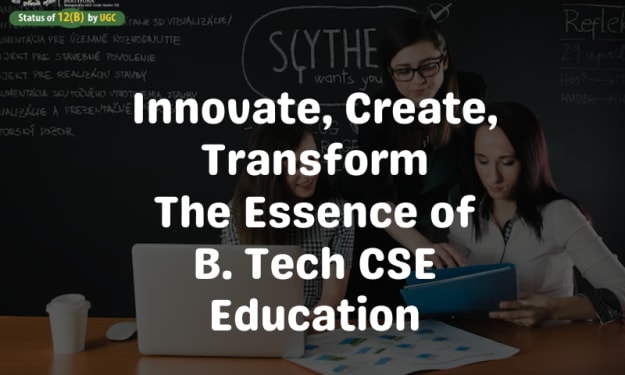How To Memories Any Information About Active Learning
memories information about active learner

“There’s no such thing as a good memory or a bad memory, there’s only a trained memory and an untrained memory”
This article will cover the following parts:
1. Why you need to memorize
2. What is active learning and its components
3. How to memorize and deliver a speech (without notes)
4. How to remember a person’s name
5. Books recommendation
PART #1. Here’s why you need to memorize:
· Brain fitness
Your brain is like a muscle, and memory training is a form of exercise. Over time, like any form of exercise, it’ll make your brain fitter and quicker. This means you will reduce chances of getting amnesia and dementia.
· Access to search engines is not always available
You will never know when a particular information will be needed. This is especially useful to students attempting their exams.
· You get to be an expert in your field
You can only think by linking the memories you already have in your brain. The better you remember the better the quality of your thoughts.
· You use your memory to learn faster
Your brain isn’t like a container, it’s more of a muscle. The more you use it to remember, the more you can store new things. This is why veteran waiters don’t have to write down their orders
PART #2. Active learning
As a general rule you are more likely to remember things which you find valuable and important. But this doesn’t guarantee you will always remember them.
Many people use the so called “rote learning” where they repeat saying or writing things down so they won’t forget. But this method is very tedious and boring. Cramming is ineffective especially for long term memory.
On the other hand, active learning is highly effective because it uses a larger part of your brain in comparison to rote learning
Here is how you can apply active learning;
· Attach multiple strings
You are more likely to remember a thing with more details attached to it. This can be achieved by association and the use of emotions.
To remember something new, you have to associate it with something you already know.
For example..
You’re more likely to remember a person’s job as a baker rather than a person whose name is Baker. Because a baker as an occupation, you tend to associate it with bread, ovens, cakes, a big white hat, and whatever bakers do. But the name Baker is tethered only to a memory of the person’s face.
Information combined with emotions becomes a long term memory. When you fill your learning with adventures, it becomes humorous and you’re more likely to remember.
For example..
Learning while listening to baroque music, chewing a mint bubblegum or smelling a certain scent.
· Turning it into a story
This technique is especially useful when you want to remember a series or a list of things.
First, visualize what you want to remember. See it in form of mental pictures. Then connect the pictures and turn them to a story.
For example..
I wanted to remember the seven Harry Potter book series. I made this story (and of course it doesn’t make sense):
A STONE is thrown in a dark CHAMBER where a PRISONER is held. But it’s so cold so there was a FIRE across the prisoner cage. But if you look closely the were actually seven fires placed in a linear ORDER. At the end of the line there stood a PRINCE with blood all over. The blood was caused by a huge HOLLOW on his chest.
From this story I was able to remember the seven Harry Potter book series in their order.
If you don’t know the book-series here are the titles:
Harry Potter and the Philosopher Stone
Harry Potter and the Chamber of Secrets
Harry Potter and the Prisoner of Azkaban
PART #3. Delivering a speech or a presentation (without notes)
This can be delivering a report to your board, sharing your expertise in a subject in front of your class, or any other situation.
This can be done by the application of “loci method” where you align the things you want to remember with specific points or places that you know well. These are the steps to follow;
First identify the major points in your speech.
Now imagine a place you know well or a path.
Then, attach your major talking-points to a specific point on that path or place.
Lastly, practice your speech using your walk through the location as a tool for remembering each of the primary messages in the presentation.
For example, you can imagine a path around your bedroom. You can then assign your first point to a lamp, a second point to your chair, a third point to your bed and so on.
PART #4. How to remember a person’s name
· When you hear a person’s name for the first time, say it back
· During the course of your conversation with this person, use their name.
· Ask where a name came from or what it means. This is particularly useful when you met someone with a less-common name.
· Visualize it in your head. Try to attach an image to a person’s name. For example, if you meet someone called Asia imagine they live in Asia continent. Or if you meet someone called Mary imagine her wearing a wedding veil on the day she gets married.
· Remember the more details you attach to a name the more likely you will remember it
PART #5. Books recommendation
If you want to learn more about memory, I recommend you read these two powerful books; Moonwalking with Einstein by Joshua Foer and Limitless (in the sub-chapter of memory) by Jim Kwik.






Comments
There are no comments for this story
Be the first to respond and start the conversation.